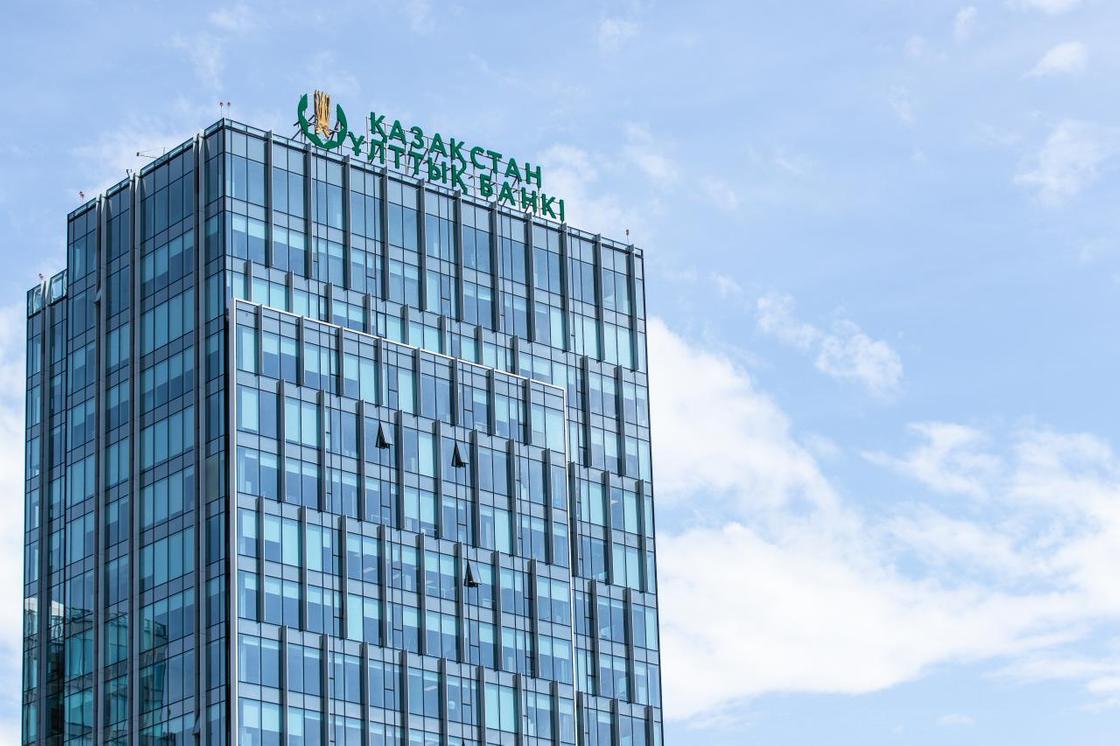ASTANA – The National Bank of Kazakhstan projects annual inflation in the range of 7.5-9.5% this year in its macro and market overview released on Feb. 19.

National Bank of Kazakhstan building. Photo credit: kapital.kz
“Gradual rate cuts will continue in the absence of unforeseen shocks. Pauses in rate cuts are not excluded. The easing cycle may extend over a long period,” the report reads.
Import growth rates are expected to slow significantly, sustained by steady demand from households, businesses, and state-driven economic support programs. Export levels will benefit from anticipated increases in oil production, a projected rise in uranium prices, and the introduction of new ferroalloy capacities. However, further export may be limited by a gradual decline in oil prices to $80 per barrel by 2025, redirection of natural gas for domestic use, and scenario-based adjustments in prices of specific commodity groups.
This year, the Ministry of Finance mandated a transfer of 3.6 trillion tenge (US$7.9 billion) from the National Fund, with a portion secured through tenge inflows and the remainder converted on the foreign exchange market. The Pension Fund will review currency purchase options based on market conditions, with a monthly limit ranging from $200 to $500 million.
The ministry also plans to issue securities worth 5.2 trillion tenge ($11.5 billion) this year, with measures initiated to consolidate existing securities to align with market preferences and enhance secondary market liquidity. Issue days will be shifted to Tuesdays, with ongoing efforts to establish Euroclear settlement and introduce primary dealers for a more efficient public debt market.
The National Bank is transferring fund assets into a competitive environment, with seven funds reaching 461 billion tenge ($1 billion) already transferred by the end of 2023 and three more funds scheduled for transfer in 2024- 2025. The country’s international reserves are $96 billion, comprising $36 billion in foreign exchange (FX) reserves and $60 billion in National Fund assets.


